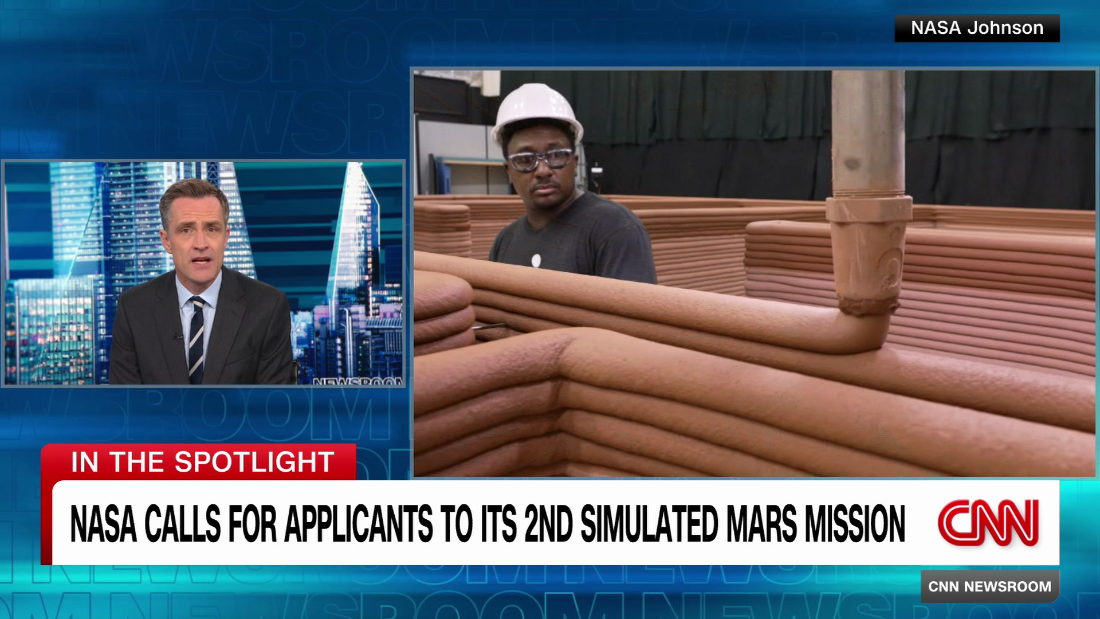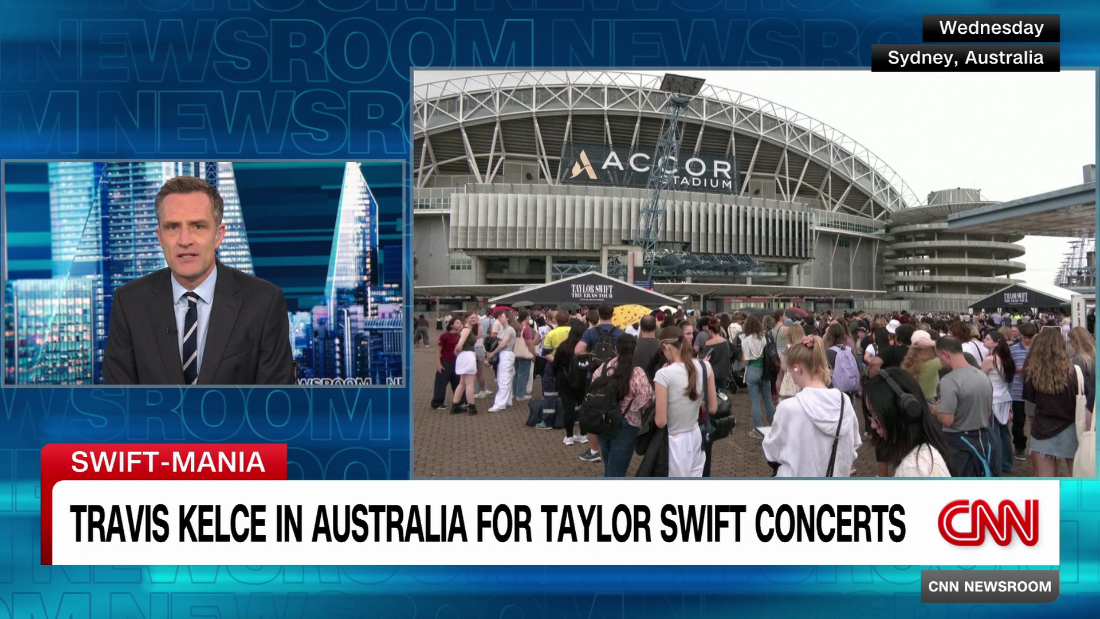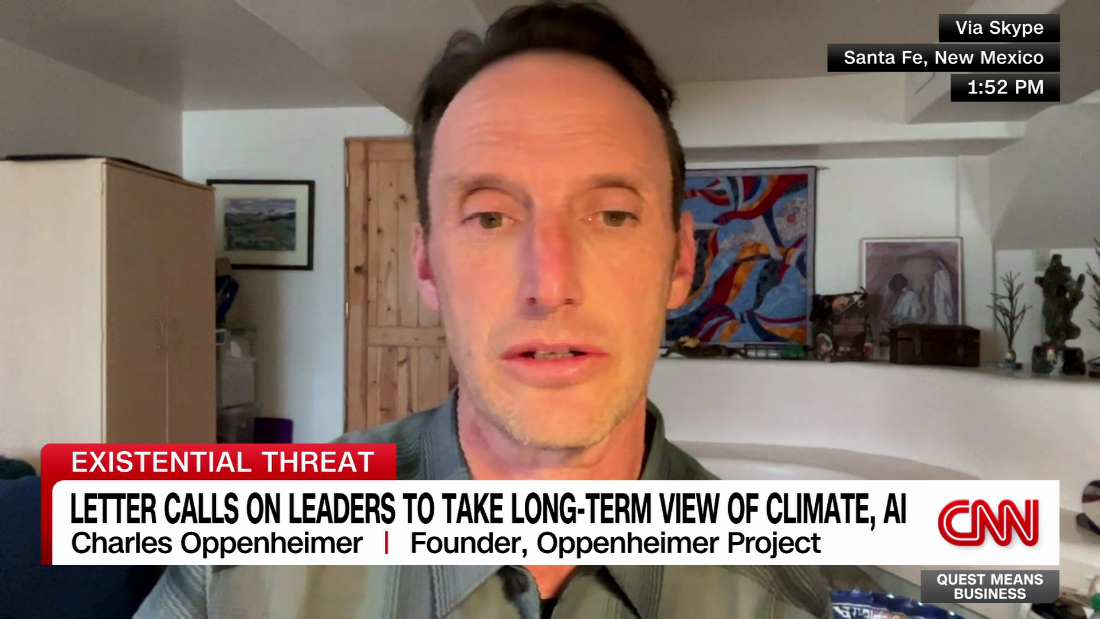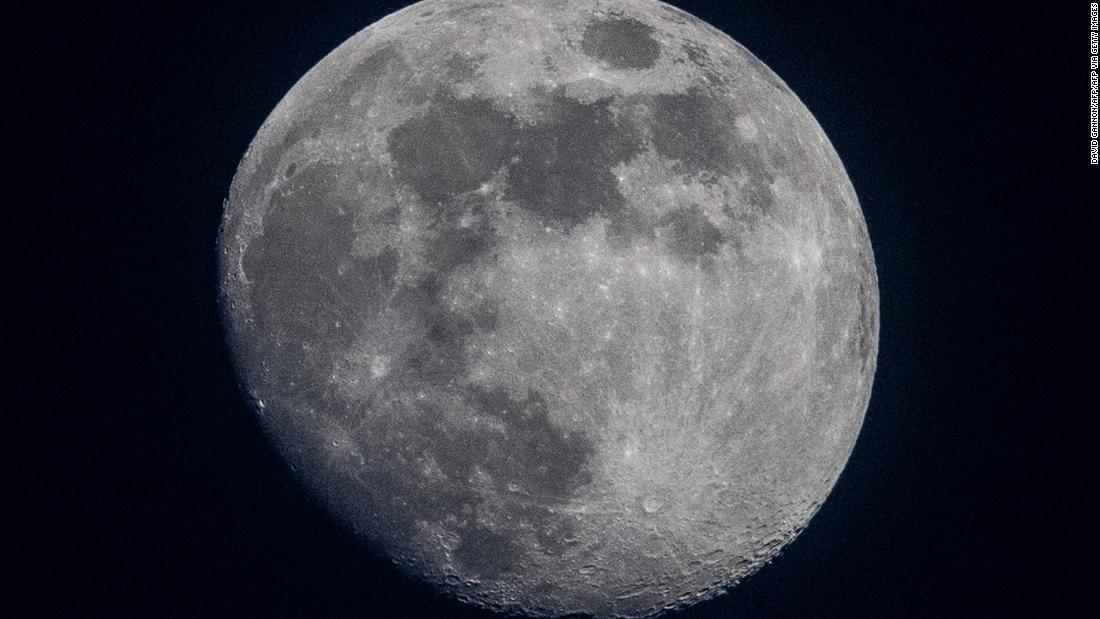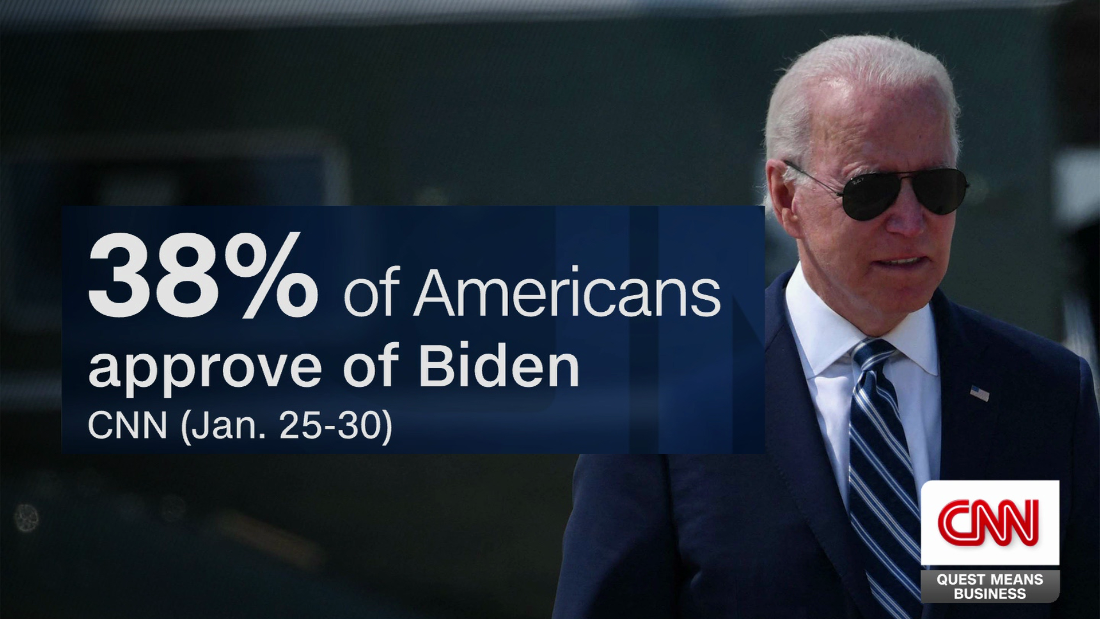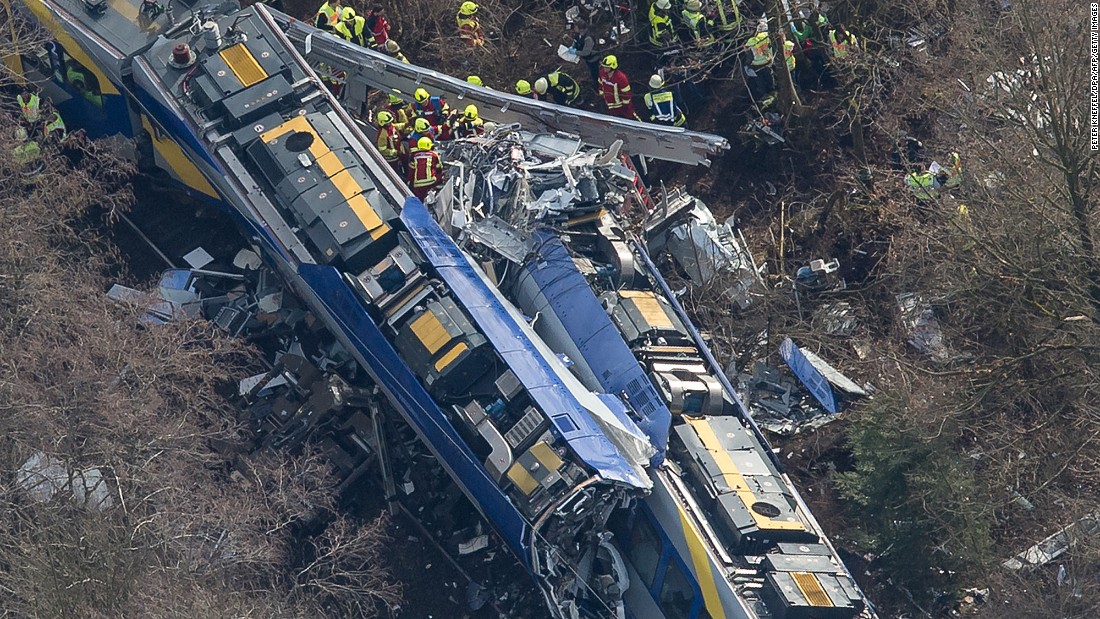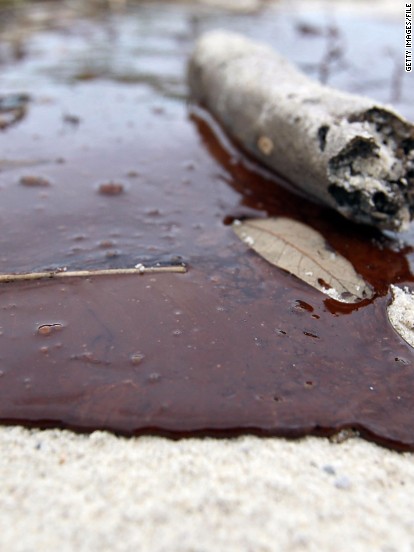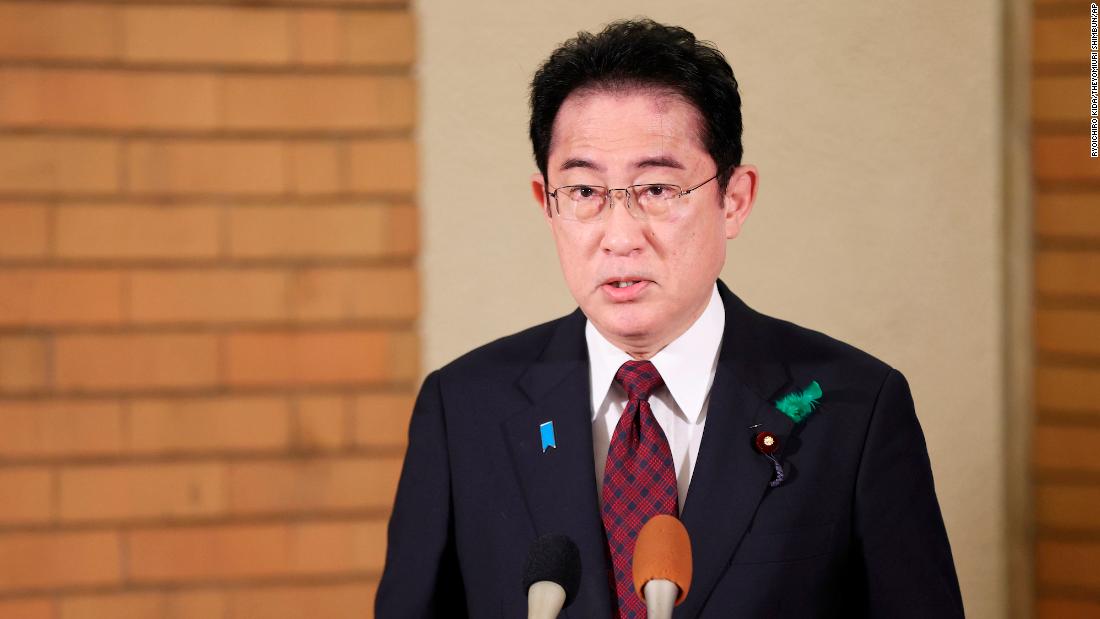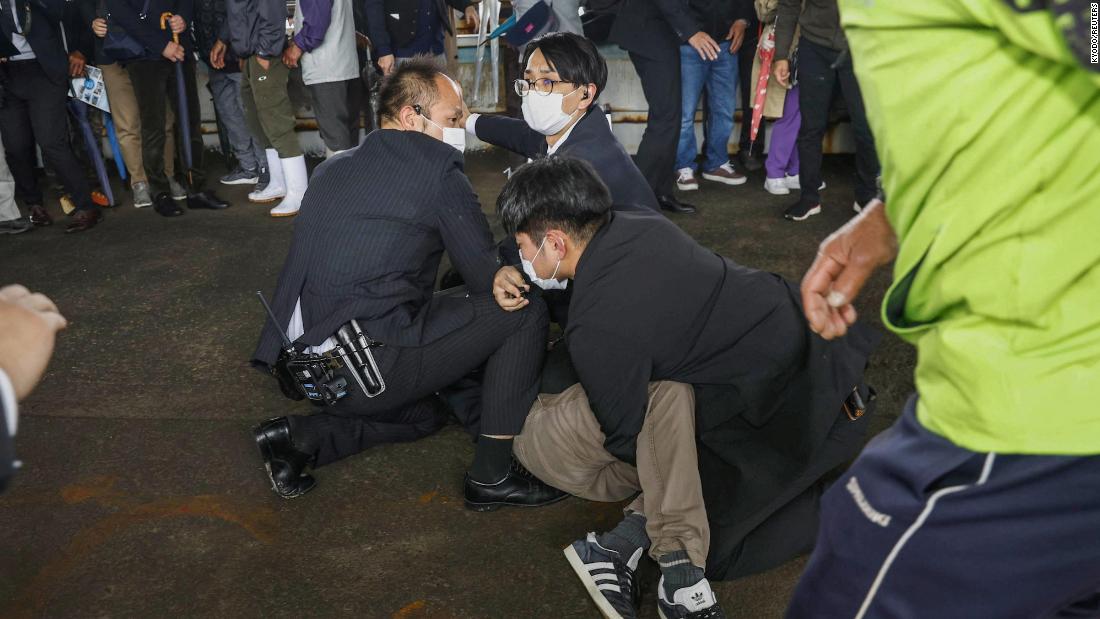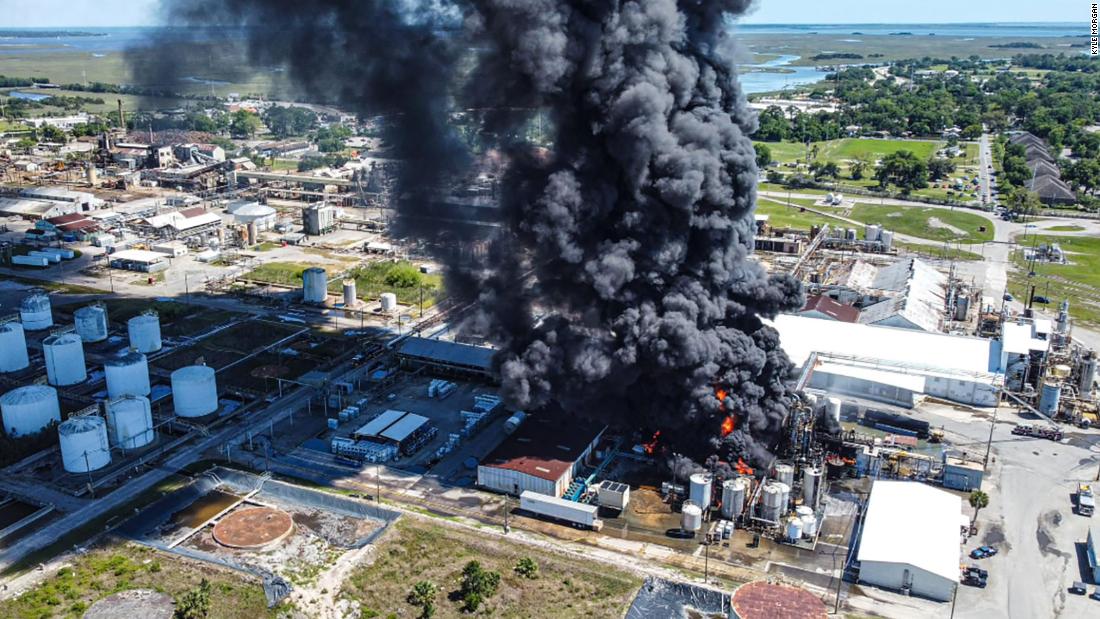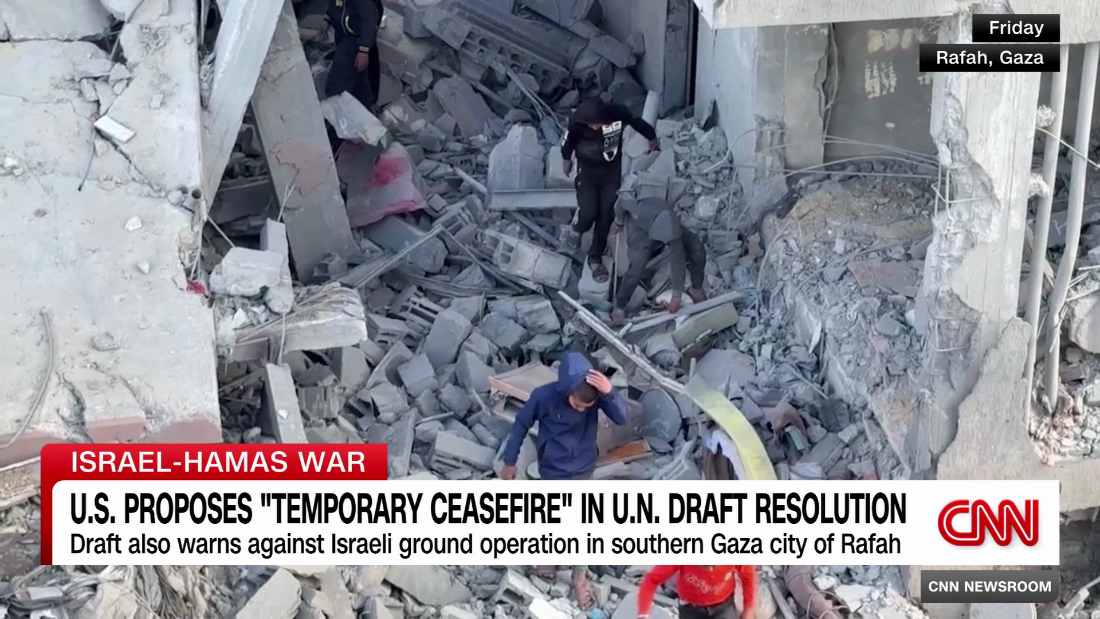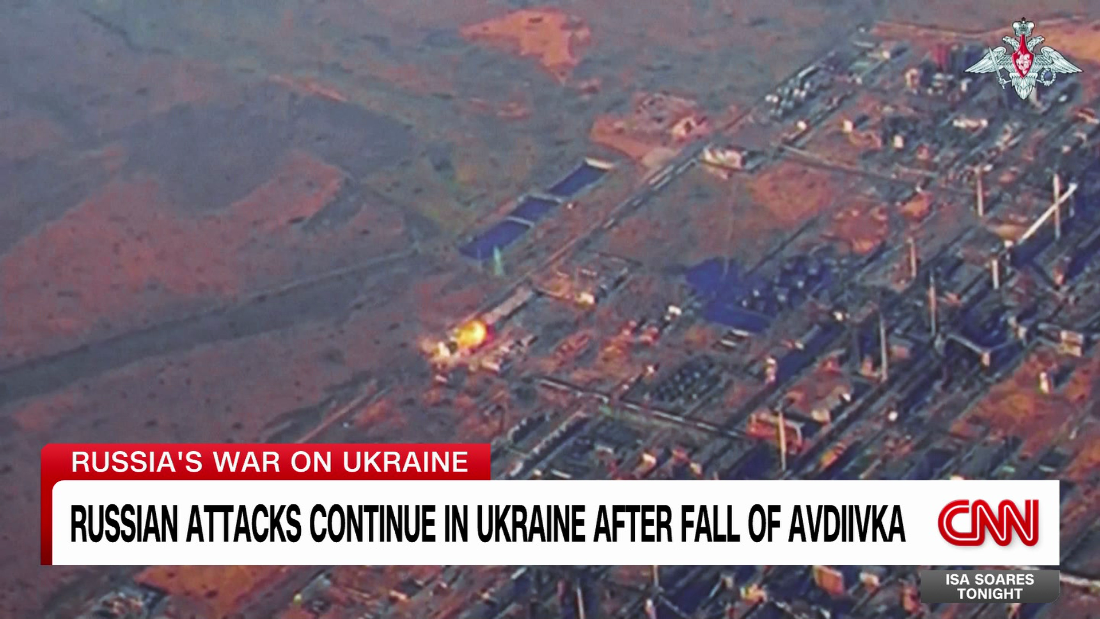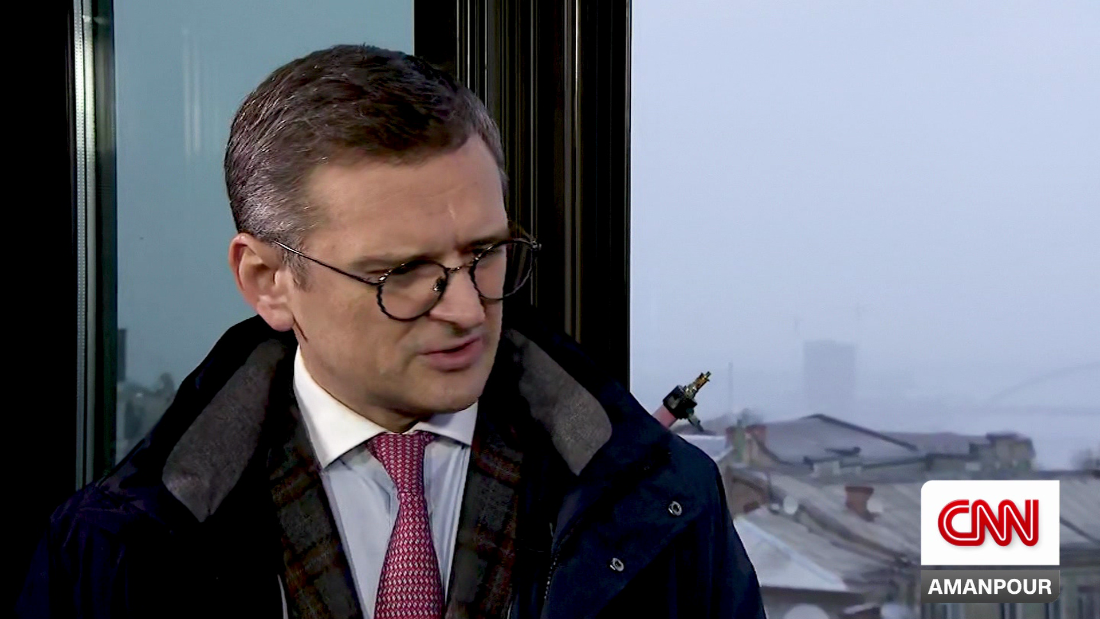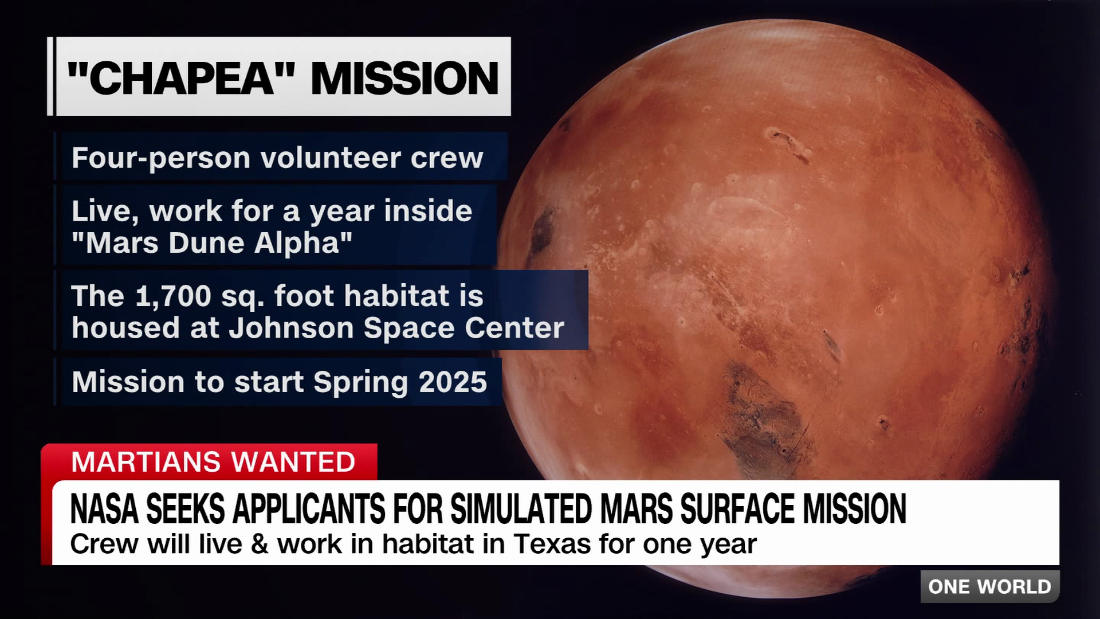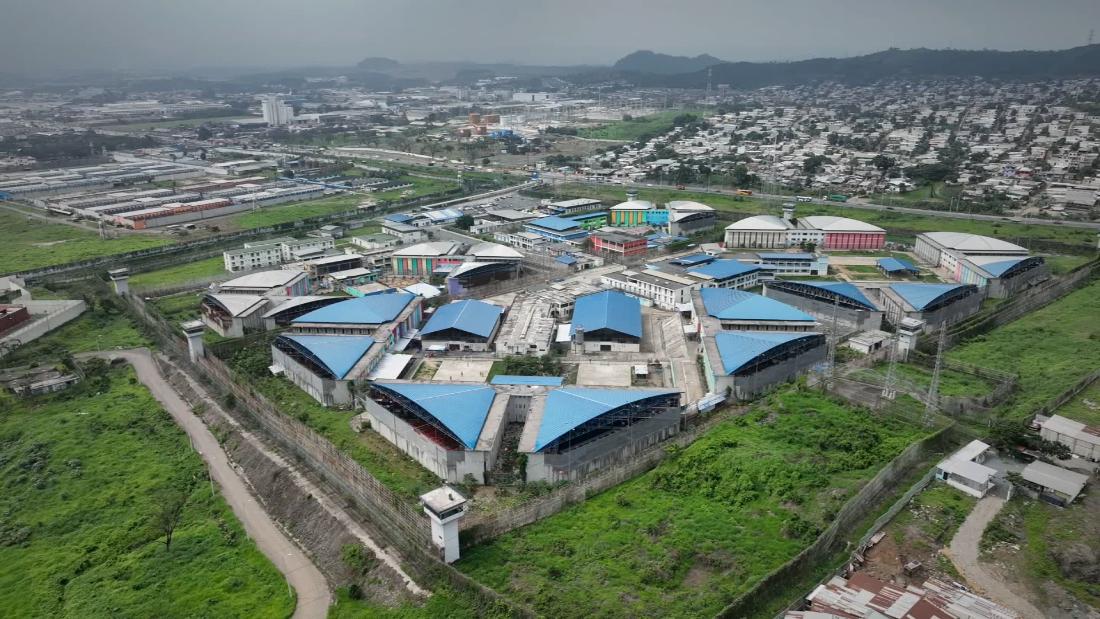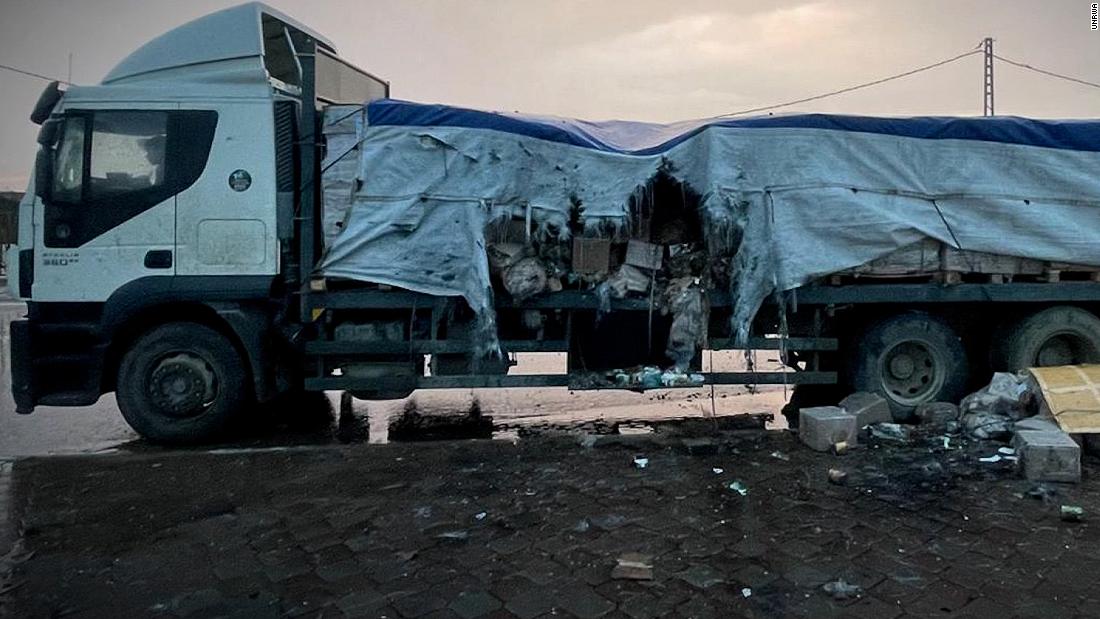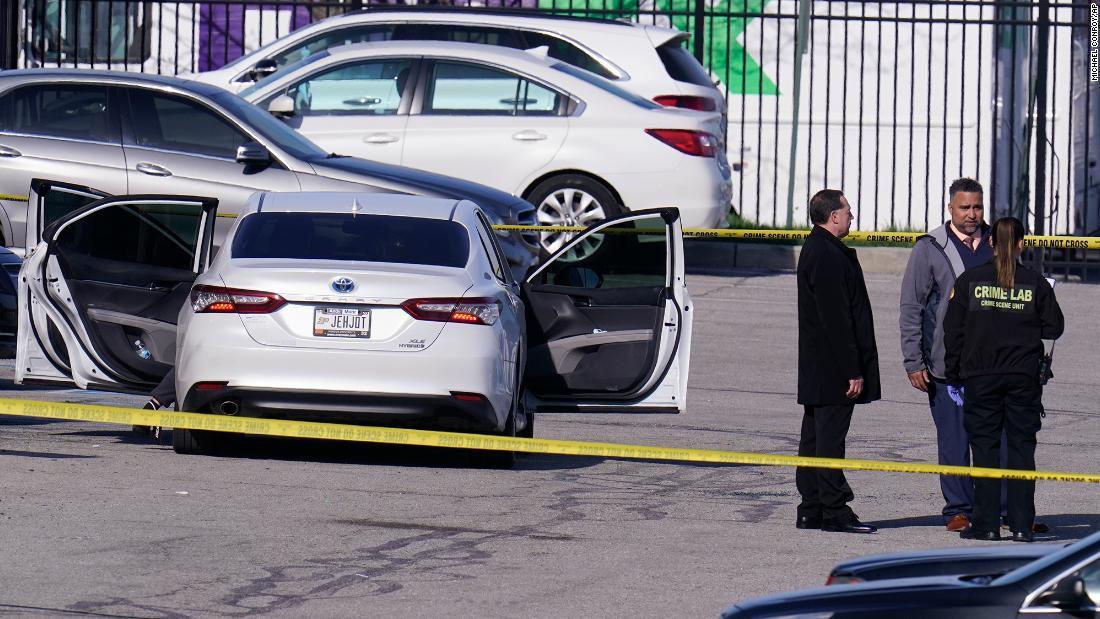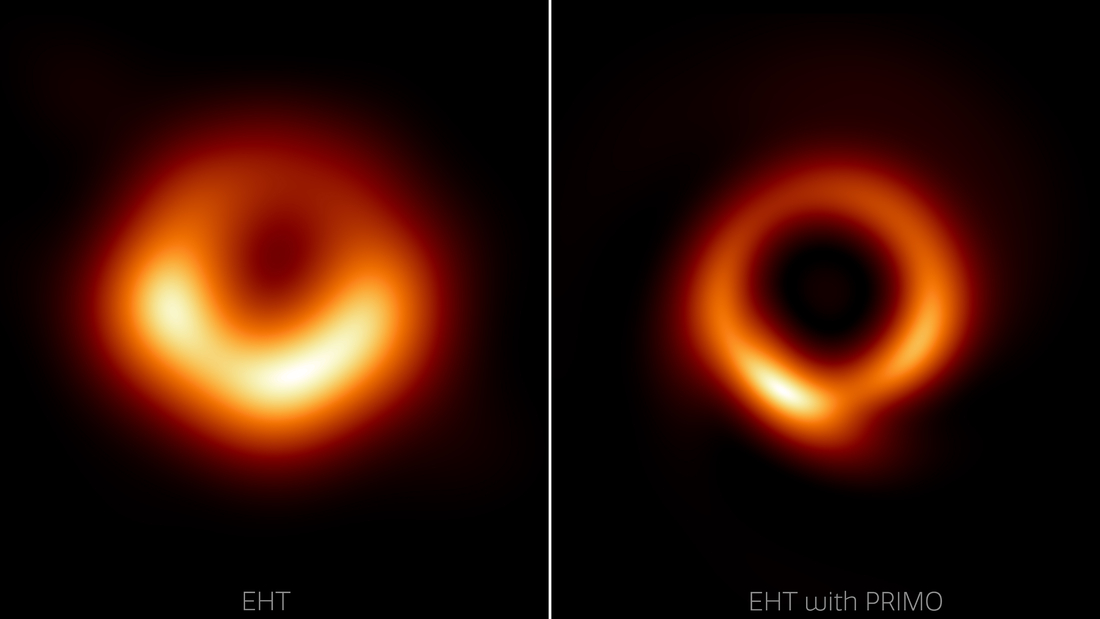INCREDIBLE plans have been revealed for Donald Trump’s futuristic US military air defence system that could detect incoming missiles from space.
Billionaire Elon Musk is leading Trump’s effort to safeguard America after the president signed an executive order to build a complex system to help fend off threats from China, Russia, and Iran.
SuppliedIsrael’s Iron Dome battery system in action[/caption]
SuppliedAn Iron Dome operator working in north Israel spoke to The Sun about her experience[/caption]
ReutersThe Iron Dome anti-missile system intercepts rockets launched from the Gaza Strip, as seen from the city of Ashkelon, Israel, October 9, 2023[/caption]
While signing the executive order, Trump cited a missile attack as “the most catastrophic threat facing the United States”.
The commander-in-chief got straight to work and ordered the defence secretary to submit an implementation plan for the system.
This comes as part of Trump’s huge plans to radically reform the US military in the face of growing global threats against his nation.
He has long been a fan of Israel’s unique Iron Dome – which uses radars to detect incoming rockets – and wants to develop its own version of the system.
The Iron Dome calculates which missiles are likely to hit people and will shoot those down, while it leaves non-threatening ones to drop.
Musk’s SpaceX has now won the bid to build Trump’s “Golden Dome” missile defence shield, according to an exclusive report shared by Reuters.
His rocket and satellite company is partnering with software maker Palantir and drone builder Anduril to build key parts for the defence system.
All three companies were founded by entrepreneurs who have been major political supporters of Trump.
Plans include building and launching more than 1,000 satellites circling the globe to sense incoming missiles and track their movement, according to sources in Washington.
A separate fleet of 200 attack satellites armed with missiles or lasers would then bring enemy missiles down.
SpaceX is understood to be pitching for the part of the Golden Dome initiative called the “custody layer”.
It would work as a constellation of satellites that would detect missiles, track their trajectory, and determine if they are heading toward the US.
However, the rocket company is not expected to be involved in the weaponisation of satellites.
Some experts believe the overall cost for the Golden Dome could reach hundreds of billions of dollars.
The Pentagon established several timelines for capabilities to be delivered, starting with early 2026 to those delivered after 2030.
SpaceX has estimated that the preliminary engineering and design work for the custody layer of satellites would cost between $6 billion and $10 billion.
Over the last five years, the company has launched hundreds of operational spy satellites.
And more recently, it has developed several prototypes which could be retrofitted to be used for the project, the sources said.
Despite the Pentagon’s positive signals to the SpaceX group, some sources stressed that the decision process for Trump’s Golden Dome is in its early stages.
Its ultimate structure and who is selected to work on it could change dramatically in the coming months.
Meanwhile, SpaceX has proposed setting up its role in Golden Dome as a “subscription service” in which the government would pay for access to the technology and not own it.
Some Pentagon officials have expressed concerns internally about relying on the subscription-based model for any part of the Golden Dome, two sources said.
Such an arrangement would be unusual for such a large and critical defence program.
One of the sources added: “It remains to be seen whether SpaceX and these tech companies will be able to pull any of this off.
“They’ve never had to deliver on an entire system that the nation will need to rely on for its defence.”
The Sun’s visit to an Iron Dome battery
By Katie Davis, Chief Foreign Reporter (Digital)
THE Sun last week got a rare look at an Iron Dome battery system in southern Israel.
Tucked along a track away from prying eyes close to a city of around 33,000, a group of highly trained IDF soldiers work tirelessly to repel missiles fired by Hamas from Gaza.
Fenced off from the public, the batteries sit on a concrete base ready to be put into action at the drop of a hat.
Firing units are primed and ready to go, with the launchers always pointing towards the sky as incoming threats can come at any moment.
An IDF commander walked us through exactly how the remarkable system works and proudly told how they had successfully wiped out around 96 per cent of missiles fired their way.
Developed by Rafael Advanced Defense Systems and Israel Aerospace Industries, this exceptional kit is essential to Israel’s defence.
During my time in Israel last week, I saw first hand the devastation Hamas caused on October 7.
Kibbutz Nir Oz was decimated by callous terrorists and around a quarter of its residents were either brutally killed or taken hostage.
Hamas also unleashed a barrage of more than 5,000 missiles against Israeli targets that day in a bid to overwhelm its robust defence system.
Since then, the terror group has continued to repeatedly blitz Israel – but thanks to systems like the Iron Dome it has managed to limit casualty numbers
Published: [#item_custom_pubDate]


























